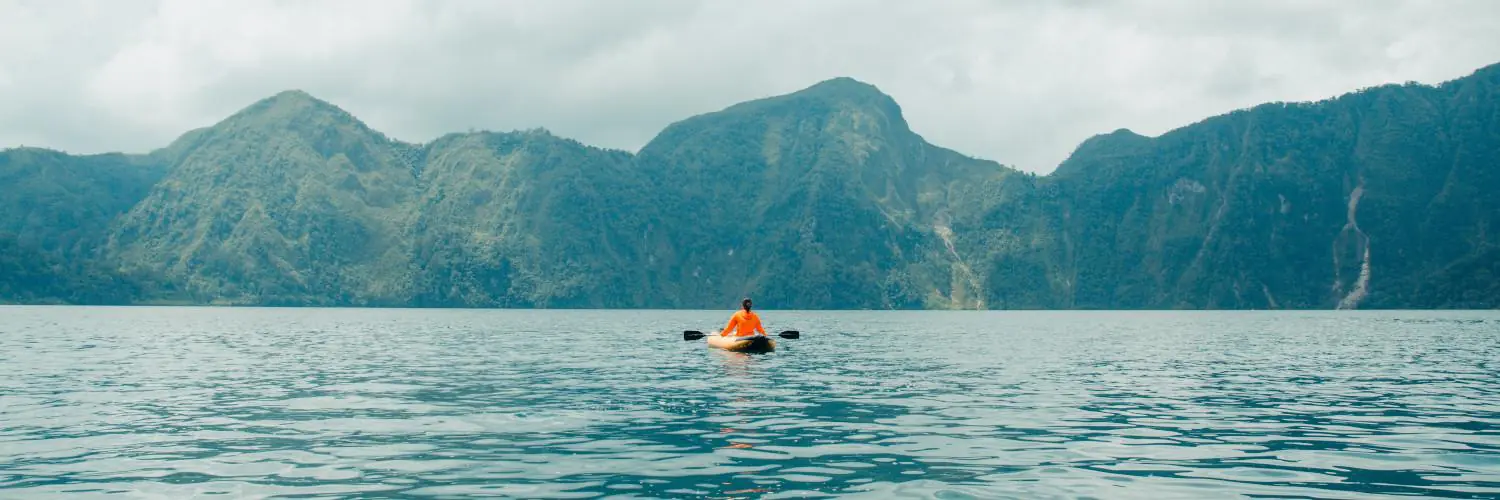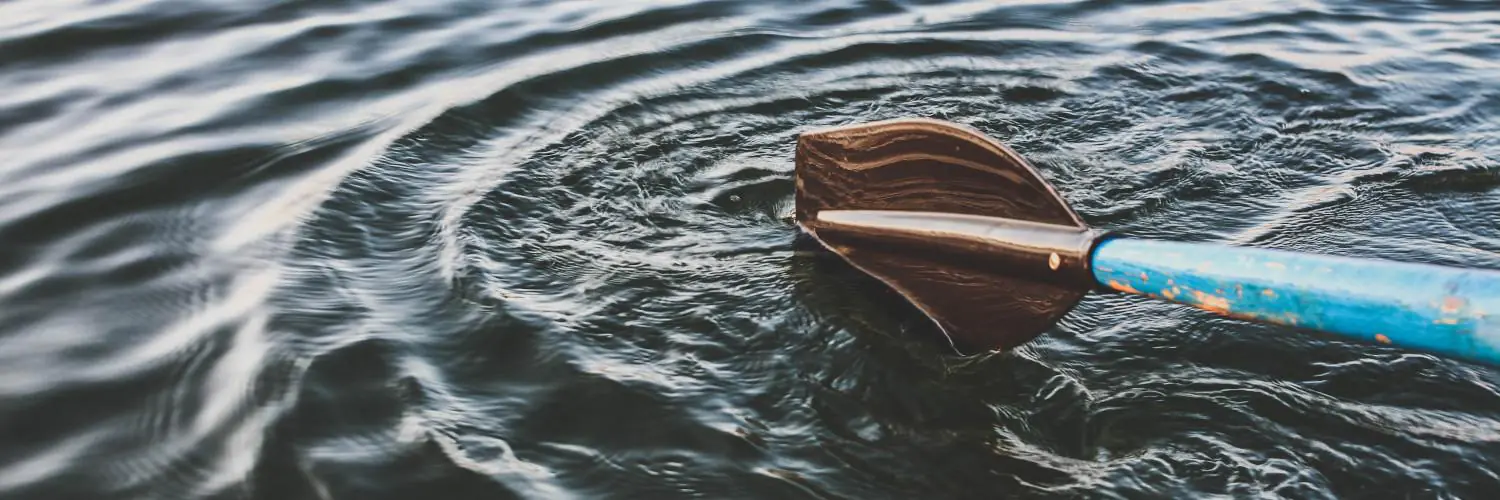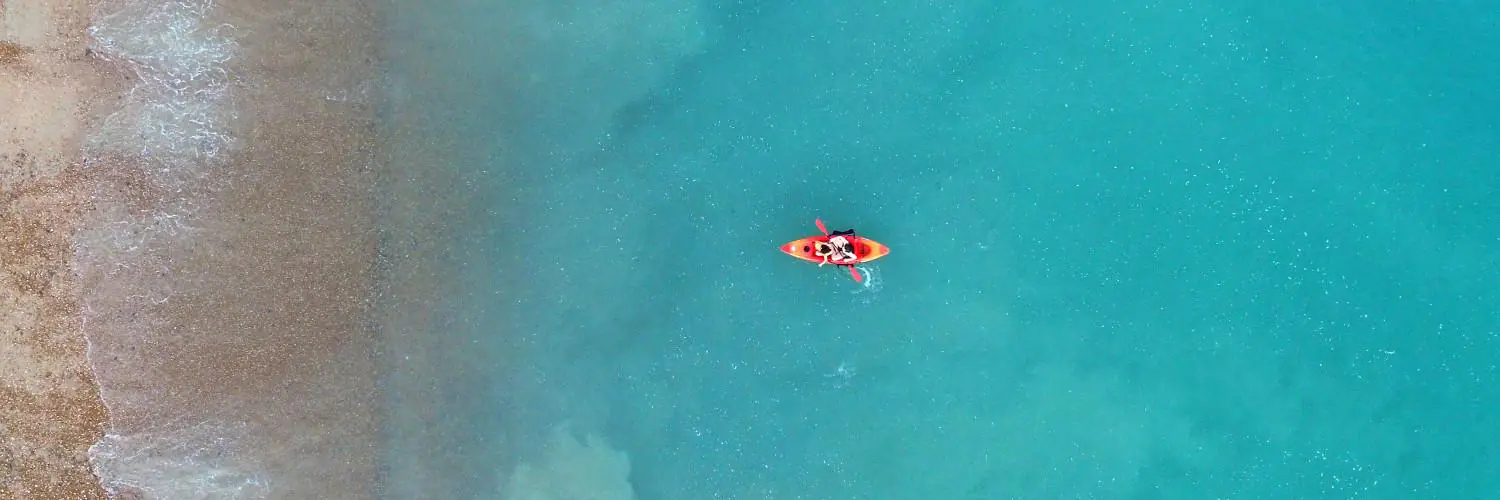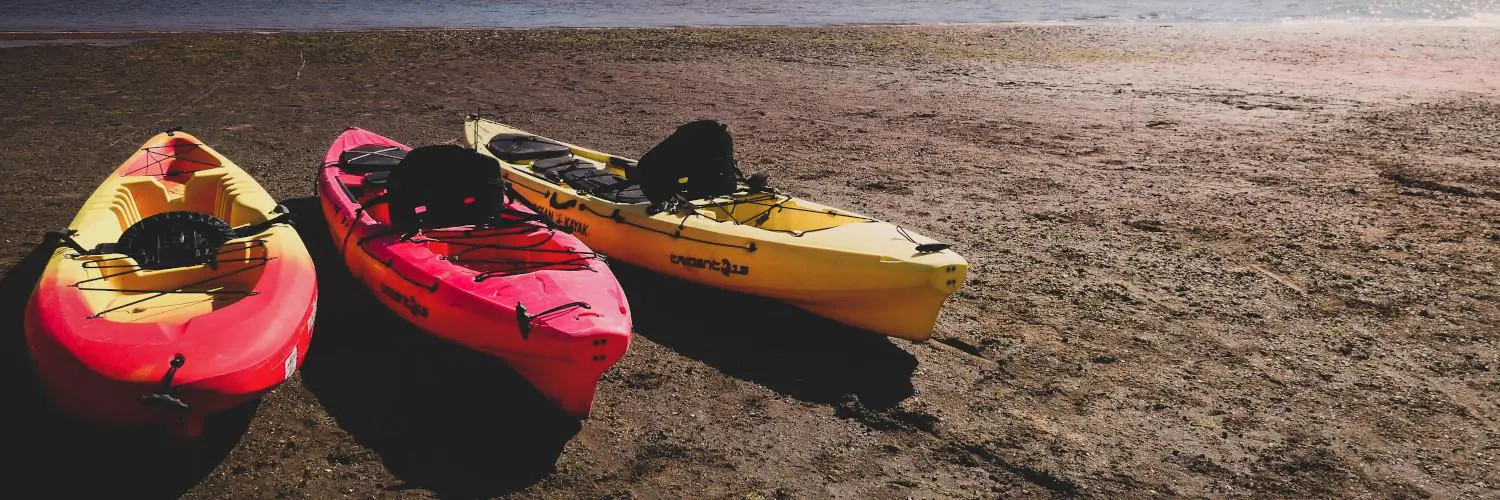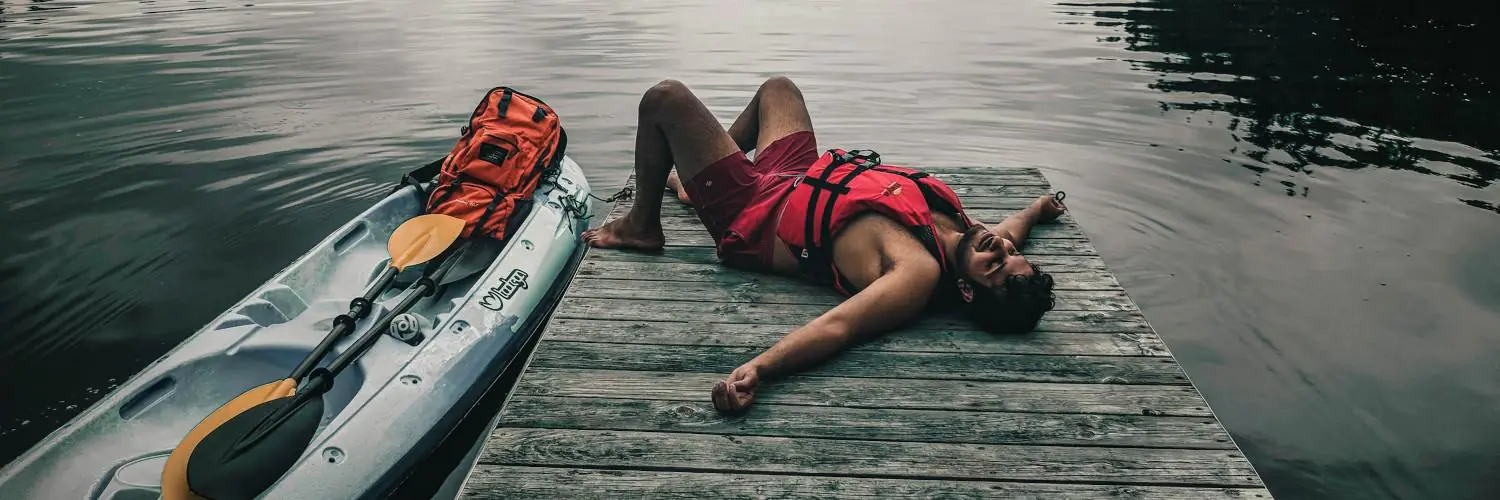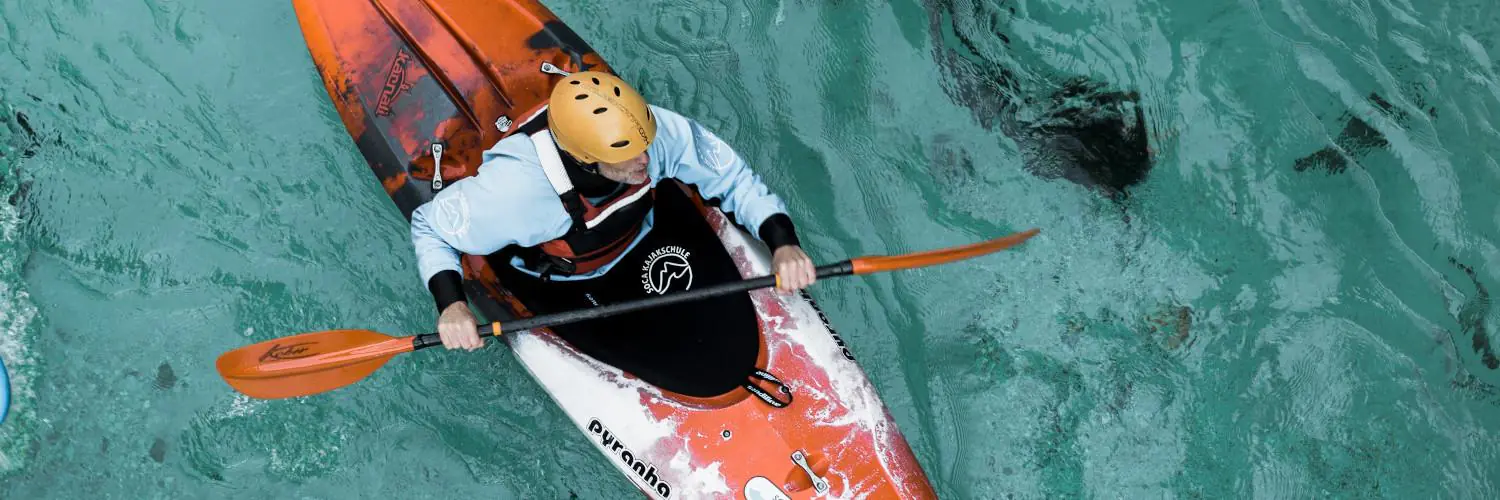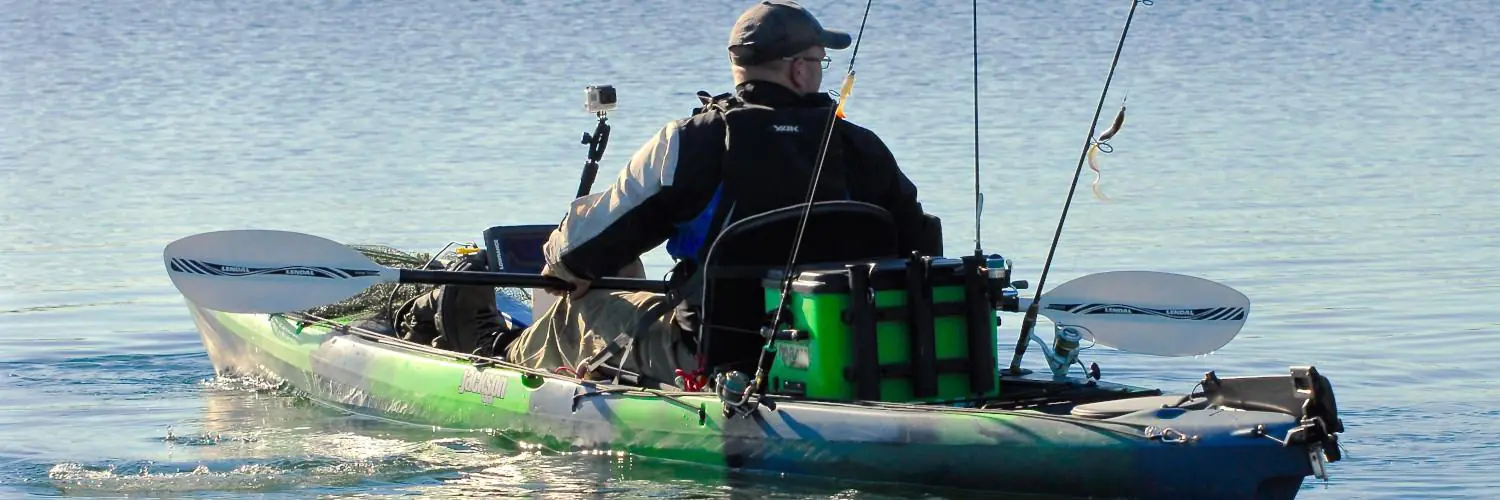Australia’s diverse coastline offers an unparalleled opportunity for kayaking adventures. With approximately 34,000 kilometers of coast, it presents paddlers with a variety of experiences, from serene river paddles to challenging ocean expeditions. The continent is famed for its unique marine environments and wildlife, enhancing the kayaking experience with the potential to encounter endemic species like the quokka off the coast of Western Australia’s Rottnest Island.
Notable kayaking endeavors have underscored the spirit of adventure that Australia embodies. The record-setting journey of Paul Caffyn in 1982, where he completed a remarkable 15,000-kilometer kayak around the country, serves as a testament to human endurance and the special relationship between the adventurer and the vast Australian waters. More recently, former ironwoman Bonnie Hancock took on a daunting 13,000-kilometer surf ski paddle around mainland Australia, contributing to the narrative of this challenging yet rewarding pursuit.
Kayaking in Australia is not merely about the distance covered or records set; it is a profound means to connect with the natural beauty of the landscape. Whether choosing a tandem kayak for a group journey or a solo paddle through the open sea, the experience is deeply personal. The variety of water bodies, from calm inland rivers to the dynamic coastline, ensures that both beginners and seasoned kayakers can find a route that suits their skill level and sense of adventure.
Table of Contents
Planning Your Kayak Adventure
Embarking on a kayak journey around Australia demands careful planning and consideration. From selecting the ideal gear to understanding the nuances of kayaking safety, each step is vital for a memorable adventure.
Choosing the Right Gear
When preparing for sea kayaking in Australia, choosing the right kayak is paramount. One must consider the kayak’s size, stability, and storage capacity. Tandem kayaks are popular for pairs, while inflatable kayaks offer convenience for transport. A well-fitted Personal Flotation Device (PFD) is also crucial for safety.
Best Times of Year to Kayak
The optimal kayaking season in Australia varies by location. Generally, summer provides favorable weather conditions, yet one must remain vigilant about the intense sun and heat. Regions like Sydney Harbour can be kayaked year-round, but always check local weather patterns and currents in advance.
Understanding Kayaking Basics
Beginners should familiarize themselves with basic kayaking techniques and the varying conditions of open ocean versus calmer waters. Mastery of paddling strokes, capsize recovery, and navigating through currents is essential to confidently handle the diverse Australian waters.
Safety Considerations and Training
Safety is paramount when kayaking. Potential hazards include weather changes, currents, and wildlife such as crocodiles in certain areas. Beginners should undertake professional training, and even seasoned kayakers must keep their skills sharp. Preparing for emergency situations is a must.
Selecting Kayak Tours and Guides
For those preferring an organized experience, selecting a reputable kayak tour company with experienced guides is crucial. These tours can offer in-depth knowledge of national parks and wilderness areas, ensuring a safe journey through Australia’s spectacular but diverse kayaking destinations.
Environmental Awareness and Conservation
While paddling through Australia’s waterways, it’s important to practice conservation and respect for nature. Adherence to conservation guidelines helps protect the rich biodiversity and pristine conditions of the country’s treasured national parks and marine environments.
Destinations for Kayaking in Australia
Australia offers a spectacular variety of waterways for kayaking enthusiasts, from the serene lakes and rivers to the rugged coastlines dotted with beaches and national parks.
Kayaking in New South Wales
New South Wales is renowned for its diverse kayaking spots like Sydney Harbour. Paddlers can navigate the iconic waters under the Sydney Harbour Bridge, drift past the Opera House, or explore tranquil settings like Middle Harbour and the bushlands of Garigal National Park.
Exploring Queensland’s Waterways
Queensland’s tropical paradise beckons with destinations such as the serene Noosa River, part of the Great Sandy National Park. Paddlers can cruise through the stunning Everglades, make a journey to Whitsunday Island, and take in the majesty of the Great Barrier Reef, near Hinchinbrook Island.
Discovering Victoria’s Lakes and Coasts
The diverse waterways of Victoria include the peaceful Glenelg River and the striking landscapes of Wilsons Promontory. Paddlers can witness a blend of coastal and inland kayaking experiences in areas like Port Phillip Bay.
South Australia’s Scenic Routes
In South Australia, adventurers can follow the winding course of the Murray River or explore the serene waters of the Coorong near Adelaide. These routes offer a mix of wildlife viewing and peaceful paddling.
Western Australia’s Unique Marine Environments
Western Australia boasts unique marine environments with spots like Ningaloo Reef adjacent to Cape Range National Park and the protected waters around Rottnest Island in the Indian Ocean, offering exceptional sea kayaking opportunities.
Tasmanian Wilderness Paddling
Tasmania is the jewel for wilderness paddling, with destinations like Freycinet National Park and the iconic Wineglass Bay. Paddlers can explore the sheltered waters around Schouten Island and the rugged coasts facing the Bass Strait.
Kayaking Specifics by Region
Kayaking in Australia presents paddlers with diverse environments, from the challenge of the open sea to the serenity of river paddling. Each area offers a unique adventure, teeming with distinctive wildlife and scenic landscapes.
Sea Kayaking and Open Water Challenges
The open waters off Australia’s coast provide sea kayakers with thrilling experiences. In the Whitsundays, paddlers navigate through tropical islands, contending with waves and surf as they explore coral reefs and white sandy beaches. The Glenelg River also presents opportunities for open water excursions, with conditions that can range from tranquil to challenging.
River and Estuary Paddling
Ascending inland, kayaking enthusiasts find meandering paths along the Murray River and Noosa River. These waterways are more protected from the elements, offering smoother rides with opportunities to observe a myriad of wildlife, including fish, turtles, and dolphins. Estuary kayaking allows for a relaxing experience as paddlers glide past riverbanks lined with rainforests, creating a serene connection with nature.
Encountering Australia’s Marine Life
Australia’s rich ecosystem offers kayakers close encounters with an array of marine life. While paddling, one might spot turtles, dugongs, and even whale sharks during certain seasons. Snorkeling from a kayak allows adventurers to immerse themselves in the underwater habitats of colorful fish and corals. Be on the lookout for playful fur seals and dolphins that often accompany paddlers along coastal waters.
Adventure Kayaking in Remote Areas
For the ultimate adventure, the Australian outback and wilderness beckon the intrepid. Remote areas, like those bordering World Heritage rainforest sites, offer a one-of-a-kind kayaking experience. These expeditions require thorough preparation and a keen sense of adventure, often taking paddlers into the heart of Australia’s raw and untouched landscapes.
Preparing for Different Kayaking Experiences
When embarking on a kayaking journey in Australia, one must consider the type of adventure they pursue, whether solo or in a community, and tailor the gear and provisions accordingly. This preparation ensures a memorable experience through the diverse lagoons, coastlines, and waterways that await.
Solo vs. Group Kayaking Dynamics
Kayaking alone brings the freedom of choosing one’s own pace and route but demands self-sufficiency. Solo travelers must be well-versed in navigation and emergency procedures. Conversely, group kayaking fosters a sense of community, allows for shared responsibilities, and can enhance safety through numbers. In either scenario, clear communication and understanding of group dynamics or self-reliance are critical.
Packing for Day Trips vs. Multi-Day Expeditions
Day Trips require essential gear such as:
- Personal flotation device (PFD)
- Paddle
- Sun protection
- Water and snacks
For Multi-Day Expeditions, one must consider:
- Increased food and water storage
- Shelter: tents or bivvy bags
- Cooking equipment
- Dry bags for clothing and electronic devices
Packing must strike a balance between preparedness and maintaining a manageable kayak weight.
Camping and Overnight Kayaking Tips
Camping adds another layer to the kayaking adventure. When preparing for an overnight stay, one should ensure that the camping gear is kayak-friendly—compact and lightweight. Essential items include:
- Tent or hammock
- Sleeping bag suitable for the climate
- Biodegradable soap
- Portable stove or fire-starting gear (where allowed)
Remember to follow Leave No Trace principles to preserve Australia’s natural beauty for fellow adventurers.
Skills and Techniques
Mastering fundamental kayaking skills and techniques is crucial for adventurers considering a sea kayaking voyage around Australia. Competence in paddle strokes, understanding water conditions, maintaining fitness, and deploying efficient techniques all contribute to a successful and enduring kayaking experience.
Paddling Techniques for Beginners
For those new to kayaking, gaining proficiency in basic paddle strokes is essential. Forward Stroke involves rotating the torso as the blade enters the water near the feet and is drawn back alongside the kayak in a smooth motion. The Reverse Stroke is its counter, allowing the kayaker to move backwards by pushing the blade forward through the water. The beneficial Sweep Stroke turns the kayak by sweeping the paddle in a wide arc, either at the front or the back of the boat. Draw Stroke helps in moving the kayak sideways and is executed by reaching out to the water and pulling the kayak towards the paddle.
Navigating Through Various Water Conditions
Navigating sea kayaking through different sorts of Australian water conditions demands a keen knowledge of environmental factors. Calm water paddling can deceive beginners; it requires well-honed forward strokes for efficiency. As for currents and tides, these can dramatically influence a paddle journey—knowing how to read tidal charts and current flow is imperative. Sea kayakers often face rapids; they should possess the skill to perform maneuvering strokes such as edging and bracing to maintain balance and direction.
Tips for Efficient Kayaking and Endurance
Building endurance is not just about physical fitness; it also involves the utilisation of efficient kayaking techniques to conserve energy. Paddlers should maintain a relaxed grip on the paddle and ensure that they engage their core to lessen arm fatigue. Additionally, they should vary their paddling speed and take advantage of the currents and tides for assistance. Regularly practising these techniques over longer and more challenging distances will naturally enhance one’s paddling endurance and enable an enjoyable kayaking experience around the continent’s diverse coastlines.
Kayaking Culture in Australia
Australia’s kayaking culture thrives through numerous community events and races, as well as through a strong commitment to conserving marine life in sanctuaries around the country. Kayaking is a beloved activity that encapsulates community engagement and environmental stewardship.
Community Events and Races
The Australian kayaking community actively participates in various events and races throughout the year. These occasions range from friendly community gatherings to competitive races that attract both amateur and professional kayakers.
- Annual Races: Many coastal towns host annual kayaking races, drawing in participants from across the nation.
- Kayak Festivals: Festivals often include workshops, races, and family-friendly activities to engage all levels of paddlers.
Conservation Efforts and Marine Sanctuaries
Conservation is a core element of Australia’s kayaking culture. Kayakers often play a role in promoting and supporting the health of the marine ecosystems they explore.
- Marine Sanctuaries: Paddlers in Australia can explore numerous marine sanctuaries that house diverse ecosystems, with the aim of preserving marine life and habitats.
- Conservation Groups: Many kayaking groups collaborate with conservation agencies to help protect and maintain Australia’s waterways, ensuring kayakers can continue to enjoy pristine natural environments.
Conclusion
Kayaking in Australia offers an expansive tapestry of experiences, capturing the essence of adventure in the vast waters that skirt its shores. It is a land where kayakers can test their mettle against the elements, like Paul Caffyn did in 1982 when he cemented his legacy by being the first to paddle around the continent. His journey is not simply part of Australian lore; it is a chapter in the global annals of sea kayaking, an epitome of skill and tenacity.
Embarking on an Australian kayaking adventure, one can expect a selection of experiences, from the serene to the challenging. The 34,000 km coastline offers a range of environments, from tranquil bays to raging surf. Sea kayaking enthusiasts find Australia a beacon for the sport, with destinations like Fitzroy Island near Cairns, where clear, reef-bordered waters wait to be explored.
Australia’s appeal for kayaking is supported by an array of accessible waterways suited to both novices and seasoned paddlers. The country’s backdrop is ever-changing, a dynamic canvas of natural beauty. Whether the goal is to enjoy a peaceful day on the water or to embark on a more ambitious sea kayaking tour, Australia’s diverse offerings cater to all.
Those drawn to the allure of Australian waters, much like Paul Caffyn was, find that the island continent delivers an unrivaled kayaking odyssey. The kayaker’s spirit is both tested and rewarded in an embrace of surf, sun, and the profound tranquility of Australia’s coastal sanctuaries.

